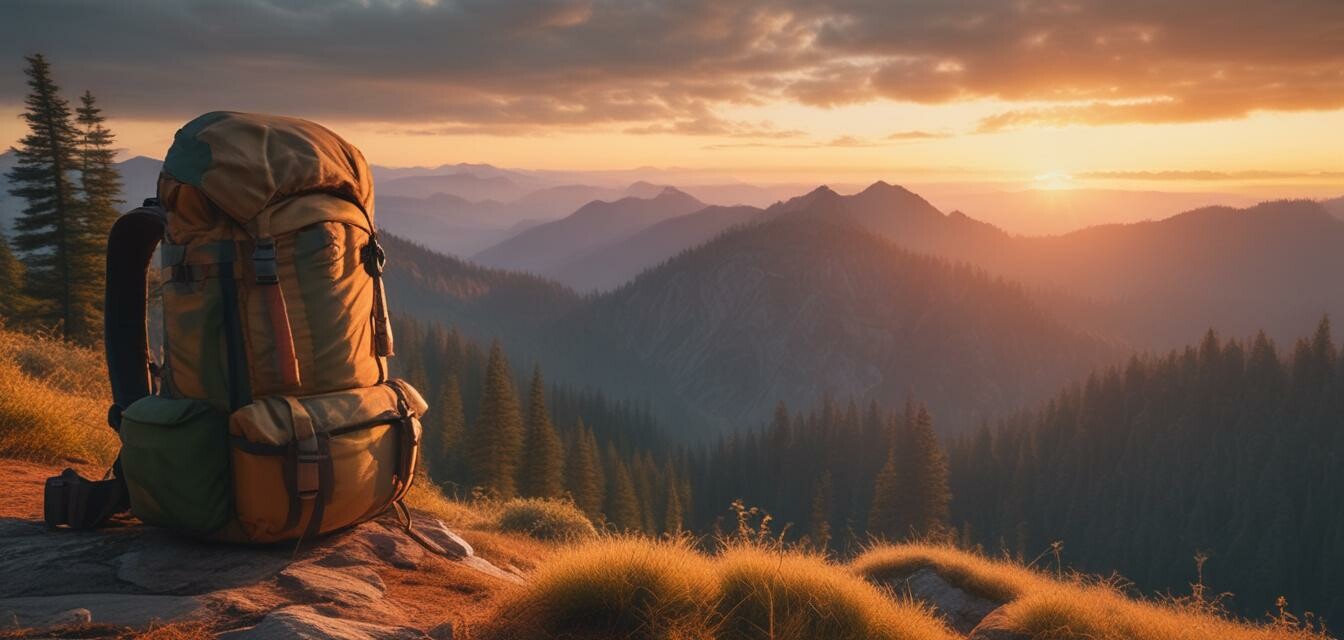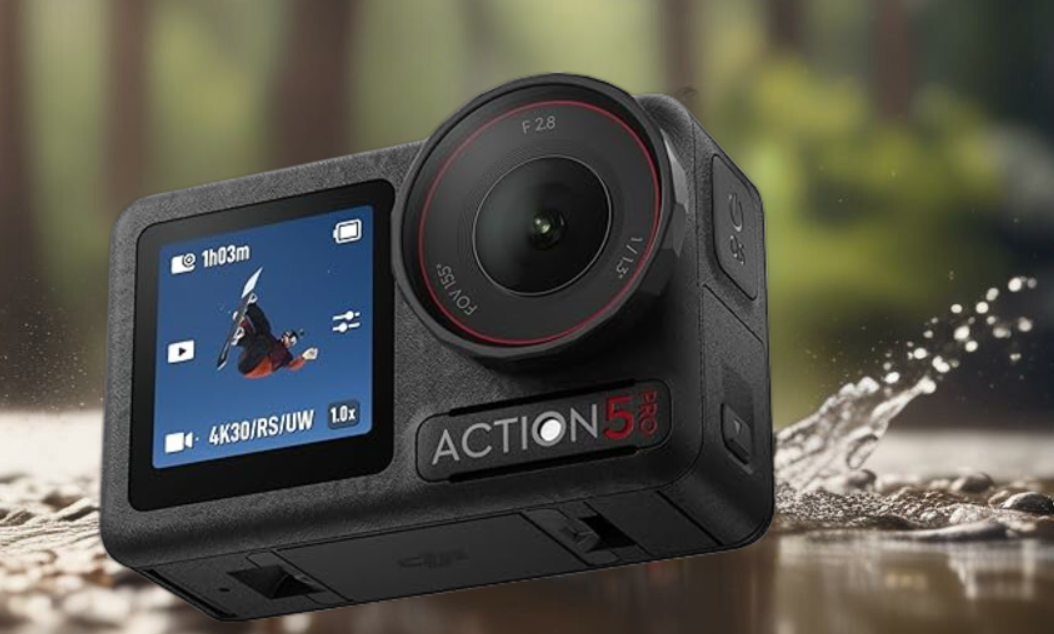
As an Amazon Associate, I earn from any qualifying purchases, at No Extra Cost to You.
How to Capture Your Backpacking Adventure on Film
Key Takeaways
- Choose the right gear tailored for backpacking, I personally use a DJI Action Camera.
- Utilize natural lighting for breathtaking photography.
- Experiment with different angles and compositions.
- Stay mindful of your surroundings to capture spontaneous moments.
- Plan your shots around the best times of day for natural light.
Backpacking is an enriching adventure that allows you to connect with nature and explore breathtaking locales. Capturing these experiences on film can further enrich your journey and help you share the beauty of the great outdoors with friends and family. In this article, we’ll explore essential tips and techniques for photographing your backpacking adventures, as well as the best gear to enhance your skills.
The Importance of the Right Gear
Selecting the right equipment is crucial in capturing stunning visuals while backpacking. Here’s a breakdown of some essential gear you should consider:
| Type of Gear | Recommended Features |
|---|---|
| Camera | Lightweight, compact, good low-light performance like the DJI Action 5 pro |
| Lenses | Versatile zoom lens for landscapes; wide-angle lens for expansive shots |
| Tripod | Lightweight & portable for stability in low-light settings |
| Extra Batteries | Essential for longer trips to avoid missing moments |
| Drone | If within budget, offers unique aerial perspectives |
Essential Techniques for Capturing Stunning Shots
Now that you've got your gear, mastering techniques can make a world of difference in your backpacking photography. Here are some tips to get you started:
1. Utilize Natural Lighting
The best lighting often occurs during the golden hours—shortly after sunrise and before sunset. The warm, diffused light can enhance the beauty of your outdoor photos.
2. Experiment with Angles and Compositions
Try shooting from different angles or framing your subject with natural elements (like trees or rocks). Use the rule of thirds to create visually appealing compositions.
3. Capture Spontaneous Moments
While posed shots are great, don’t miss spontaneous moments. Always be ready for the unexpected, which often leads to the most genuine captures.
4. Plan Your Shots
Before your trip, research locations and note potential photo spots. Consider the sun's path throughout the day to plan your shots around optimal lighting.
Videography Tips
Along with photos, capturing video can help tell the story of your adventure. Here are some essential videography tips:
- Use a gimbal for stability while moving.
- Incorporate time-lapse and slow-motion techniques for variety.
- Utilize natural sounds in your videos to add an immersive element.
- Film at various resolutions, including 4K for stunning clarity.
Post-Production Techniques
After your adventure, don’t forget to edit your photos and videos. Below are some quick tips for effective editing:
Beginners Section
- Use software like Lightroom or Photoshop for photos and Filmora, for videos.
- Adjust light and contrast to enhance visual appeal.
- Cropping unwanted distractions can help focus on the main subject.
- Consider sharing your edited content on social media to inspire others.
Conclusion
Capturing your backpacking adventure on film is not only about preserving memories; it's about expressing the beauty of the outdoors. By selecting the right gear, mastering photography techniques, and honing your videography skills, you can create stunning visuals that convey your adventures to others. For more insights on backpacking gear that can elevate your experience, check our backpacks section or learn about camera gear tailored for outdoor photography. Happy backpacking and happy shooting!
